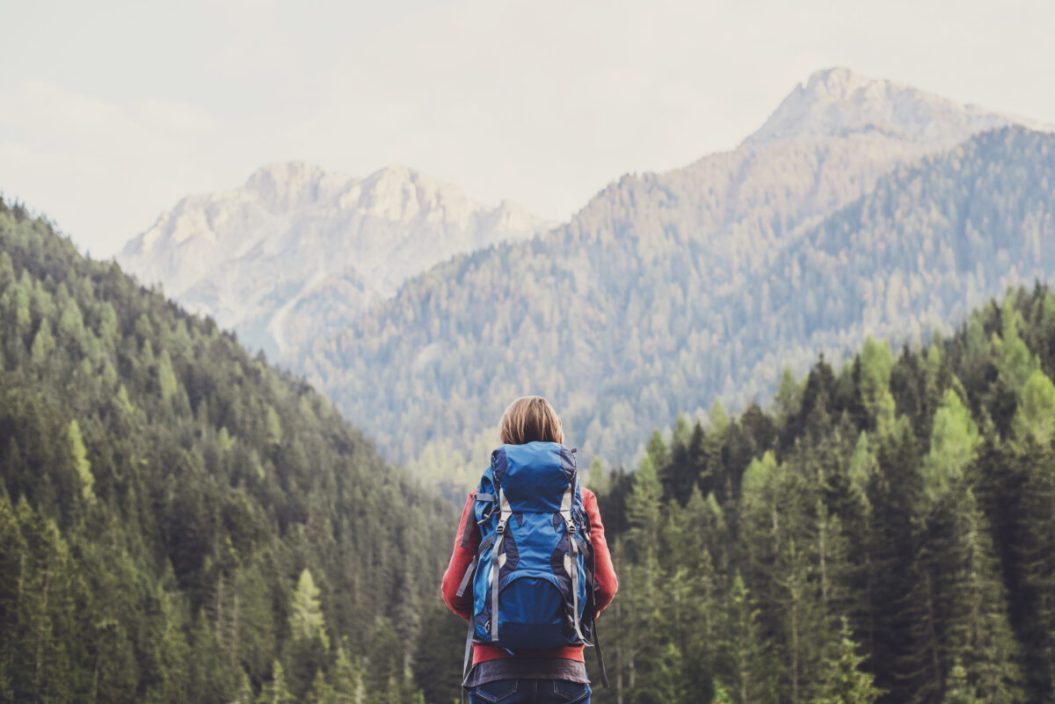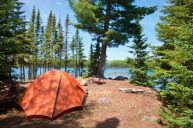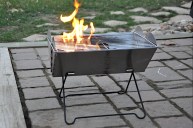Politics aside, I think we can all agree: If we don't care for the wild spaces that we hunt, fish, and recreate on, we're screwed.
While hunting and fishing licenses contribute greatly to this cause, the small action of trying to leave trails, rivers, and other wild places as good as you found them (or better) also adds up more than you may think.
It's known as Leave No Trace, an initiative comprised of seven principles like stay on the trail, minimize campfire impacts, and pack out your trash, as well as a set of social media best practices, like don't geotag wild spaces for uninformed folks to trample through.
If you think these small acts of environmental altruism won't have an impact, consider this: In the last decade, there were over 14,000 wildfires in the U.S. caused by mismanaged campfires. People not storing or disposing of food properly while camping or hiking has created a huge issue of food-conditioned wildlife across all kinds of land, which affects the natural habits and patterns of the animals. And blasting once-secret locations in the backcountry on social media has not only destroyed fragile ecosystems, but also contributed to hoards of tourists in the pristine areas you once had all to yourself.
In short: Following the Leave No Trace principles when you're camping on BLM land, fishing in rivers, hiking in national parks, or even just out for a stroll in your own backyard can help to keep our lands wild, keep our wildlife roaming, and ensure your favorite wide open spaces will be there for future generations to enjoy.
Here's everything you need to know on how to leave no trace:
The Seven Principles of Leave No Trace
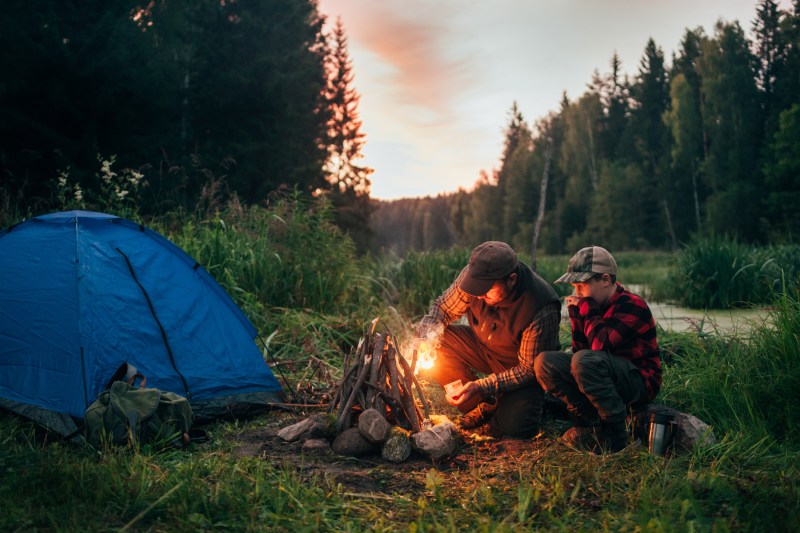
Getty Images
1. Plan ahead and prepare: Before you head out on an adventure, it's important to know if the trail is muddy and shouldn't be hiked on, if the trailhead will have pit toilets or if you need to bring a shovel, if your campsite has food lockers or if you need to bring bear-proof containers. Proper planning and preparation can help reduce waste, minimize damage to the environment, and ensure a safe and enjoyable experience.
2. Stay on-trail and on durable surfaces: Our goal is to minimize damage and impact to the land, so it's important to stay on designated trails rather than damage fragile vegetation that wildlife feeds on, impede recovery efforts, or erode the soil. Keep your dogs on-trail, too. When you need to go off-trail to use the bathroom or collect firewood, stick to hard surfaces that can withstand your wear. Encourage your group to use the same paths and walk single file. For campers or when backpacking, pitch your tent in an area that'll have the least ecological and social impact—so, not at the mouth of a game trail, close to a body of water (contamination), or on top of a group of untouched plants.
3. Dispose of waste properly: Pack out all your trash, food scraps, and litter. Most importantly, dispose of solid human waste and toilet paper properly, either in a cathole dug at least 6-8 inches deep and at least 200 feet away from water sources, or packed out in a wag bag. Pack out your feminine hygiene products, too. Use biodegradable soap for washing dishes and strain your dishwater to pack out food scraps.
4. Leave what you find: Wildlife and proper land management depend on rocks, plants, and other natural objects for food and shelter. Nothing is yours to take. Do not disturb natural habitats or historical or cultural artifacts. Leave rocks, plants, and other natural objects where you found them. Do not carve or write on trees, rocks, or other natural surfaces.
5. Minimize campfire impact: First consider: Should you even build a fire? If wildfire danger is even moderate, the answer is no. If there's very little wood where you are or the conditions make it hard to regenerate, the answer is no. If the conditions are right to have a campfire, always use the established fire ring or bring your own fire pan. Use only small sticks that can be broken by hand. Do not cut down live trees or branches for firewood. Always put out fires completely with water, not dirt, and scatter the ashes.
6. Respect wildlife: Observe wild animals from a distance and do not approach or feed them—ever. Store food and garbage securely to prevent attracting wildlife. Keep dogs on a leash and under control.
7. Be considerate of other people: You're not the only one out here trying to enjoy nature. Yield to other hikers on the trail in popular areas, share campsites if necessary, and be respectful of noise levels. Most of all, be respectful of all the future visitors who want to see the place you're visiting in just as good of condition as you've found it.
Social Media Leave No Trace Principles
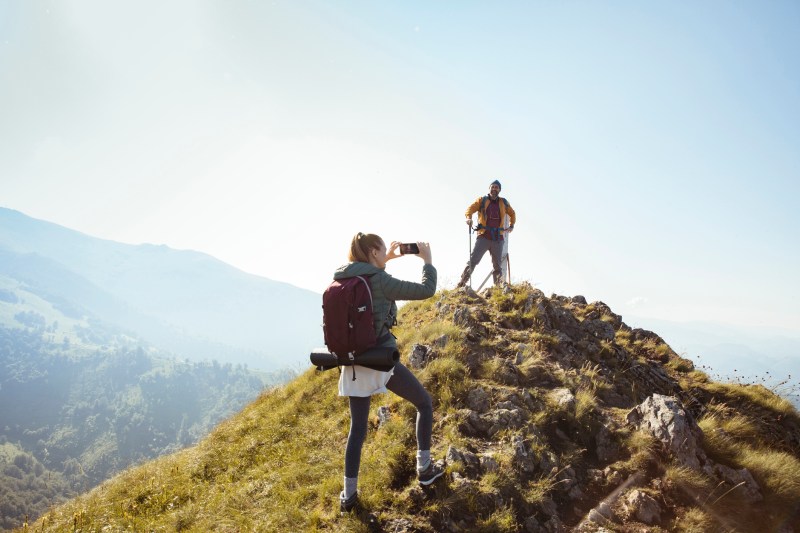
Getty Images
1. Geotag thoughtfully: It's okay to include your location alongside a photo or video that you post on social media. But keep in mind that people viewing it might not be as familiar with how to be a respectful visitor. In general, we follow the idea of: If it's already a well-known destination, it's fine to geotag. But if it's a hidden gem, a local's secret, or generally some place that is prized for not having many visitors, let's aim to keep it that way.
2. Set a good example: Consider what your image is portraying and if it aligns with Leave No Trace principles, like staying on the trail, containing a campfire safely, and keeping a safe distance from wildlife.
3. Educate others: Providing important Leave No Trace information in your captions or voice-overs can go far in educating others.
To find out more, check out the nonprofit Leave No Trace Center for Outdoor Ethics at lnt.org.
